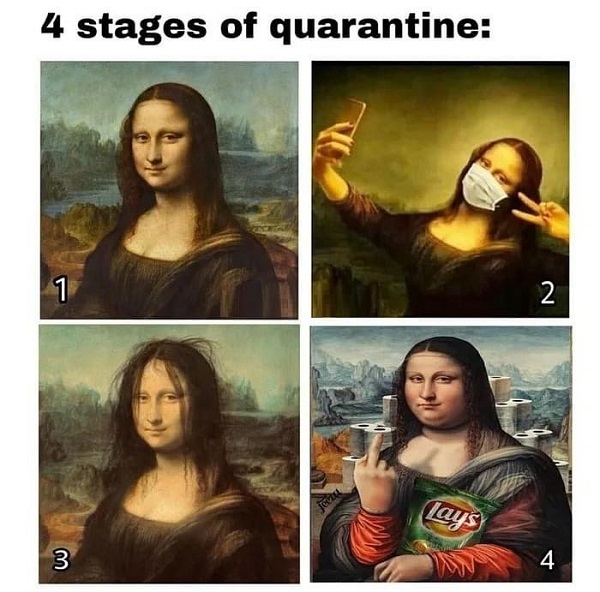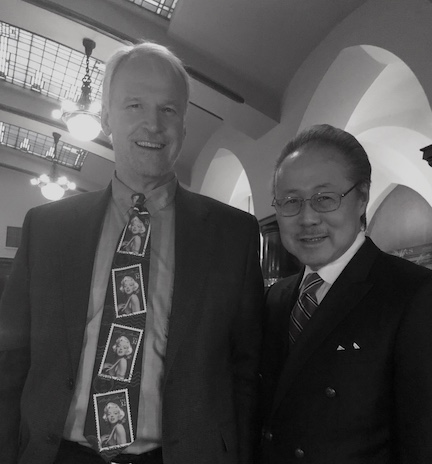
The idea of acceptable losses takes a sharp turn on the anniversary of Hiroshima.
The death count from 75 years back is a consistent 140,000 in one fell swoop, give or take a few thousand. Atomicarchive.com breaks it down.
Counting war death from a distance of time leaves some leeway for acceptable losses?
The enduring story of why America dropped the Big One twice was to end the War in the Pacific. Strategists had already approved the fire bombing the burned sixty-six Japanese cities.
From January 1944 to August 1945, the U.S. dropped 157,000 tons of bombs on Japanese cities, according to the U.S. Strategic Bombing Survey. It estimated that 333,000 people were killed, including the 80,000 killed in the Aug. 6 Hiroshima atomic bomb attack and 40,000 at Nagasaki three days later. Other estimates are significantly higher. Fifteen million of the 72 million Japanese were left homeless.
The discussion since then has been about proportionality, as in how much was too much. Were the firebombing raids too much? One nuclear bomb too much. Two nuclear bombs?
“The United States went too far with the firebombing, but I don’t quite understand why the Japanese government and the rest of the Japanese don’t talk about this very much,” he said.
“We are not just statistics. I don’t think we’ll still be around for the 80th anniversary,” Ohtake said. “So the 70th anniversary is pretty much the last chance for us to speak up.”
Acceptable Losses Depend On Who Does The Counting
The horror of just being in the vicinity of huge explosions came into sharp focus from the event in Beruit. The shocking devastation looked like a war zone.
Japan was targeted for extra attention when studies came up with the number of American deaths it would take to invade from the island beaches.
The final answer was too many. WWII President Truman made his biggest decision, one that still resonates today.
He could have balked at the plan to bomb Japan, then bomb it some more until no more bombs were available. Instead of going nuclear, he could have given Operation Downfall a green light, and said about the huge death toll, “It is what it is.”
But he didn’t do that; he didn’t say that. With his personal motto, “THE BUCK STOPS HERE,” he did the job the way he did because he couldn’t stomach the idea that more Americans would die if he decided not to use the available weapons.
War President Trump 75 Years Later
The world is a different place than it was in 1945. The famous Baby Boom started in 1946, the year Mr. Trump was born.
Along with the rest of his generational cohort, he was twenty years old in 1966. This is a timeline of 1965-66 during the Vietnam War.
Young men his age received mail from the government, the sort of mail that isn’t sent out today. It came through the U.S. Postal Service, the same company that handles Mail-In voting in our modern times.
If you haven’t heard of this single piece of mail that changed lives, it was called a Draft Notice.

It was a pretty straight forward piece of mail. If the recipient didn’t respond in a timely manner, people showed up to remind them of their duty.
The usual excuses didn’t fly. Did the dog eat it? It didn’t show up on your desk? No matter, the reminder people had heard it all.
Former Vice President Dick Cheney had a memorable response with, “I had other priorities in the ‘60s than military service.”
Mr. Trump was quoted in a the Military Times:
President Donald Trump in a televised interview Wednesday said he would have liked to have served in the U.S. military but not during the height of fighting in Vietnam because “I was never a fan of that war.”
Taking Losses In Stride
Non-service guys like Mr. Trump have one thing in common: They always see themselves as officers. And gentlemen.
Good for them. As a former Army Pfc, I always wish them well. Knowing that my service related death would have been one of the tens of thousands of acceptable losses war planners anticipate, I’m not a fan.
I went in at nineteen, the same age my father joined the Marines and shipped out to run ridges in the Korean War. In his day part of the troops were recalled men from WWII.
On the boat over, his age group were fired up. At the same time the older guys were sad enough to cry about being thrown back into the fire. But they still went.
My dad came back with a Purple Heart and Silver Star for valor, and that was that. It was what it was.
I sense a hard line drawn between service and non-service people. Service people go about their lives after leaving; non-service keep fantasizing about how great they would have been had they found time. Be a good listener when it starts, but don’t egg them on.
What about listening?
When it comes to learning more about the coronavirus, are you still listening?


